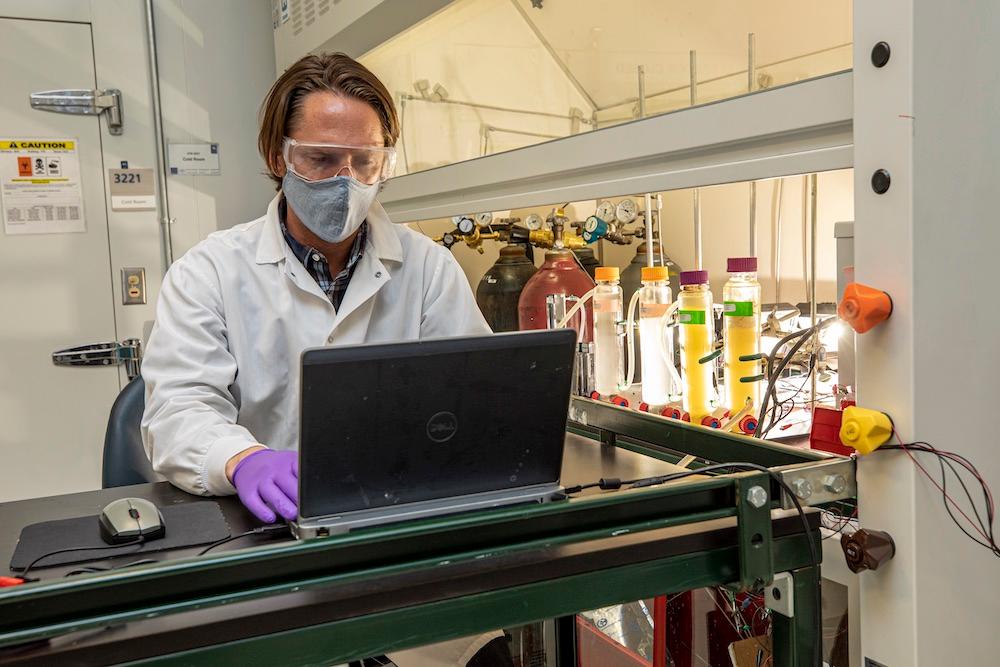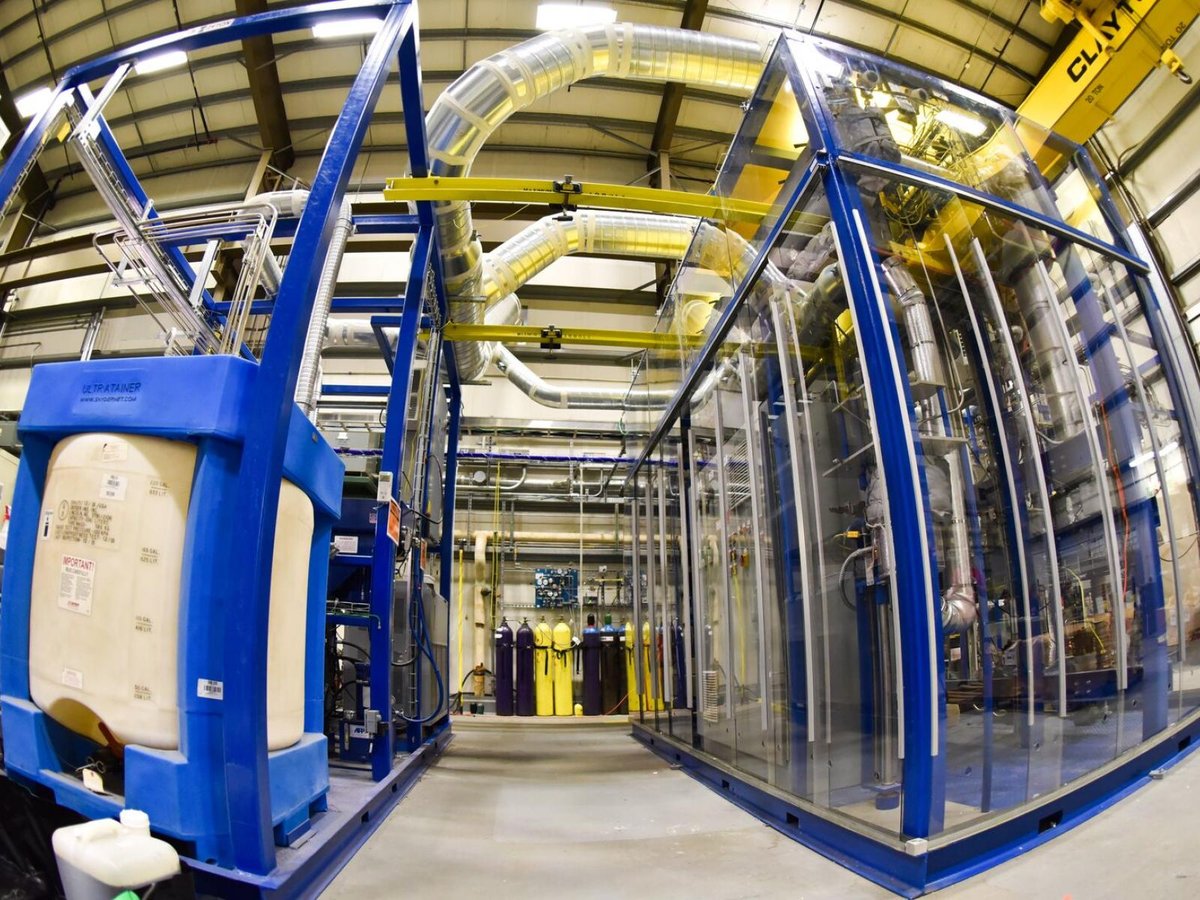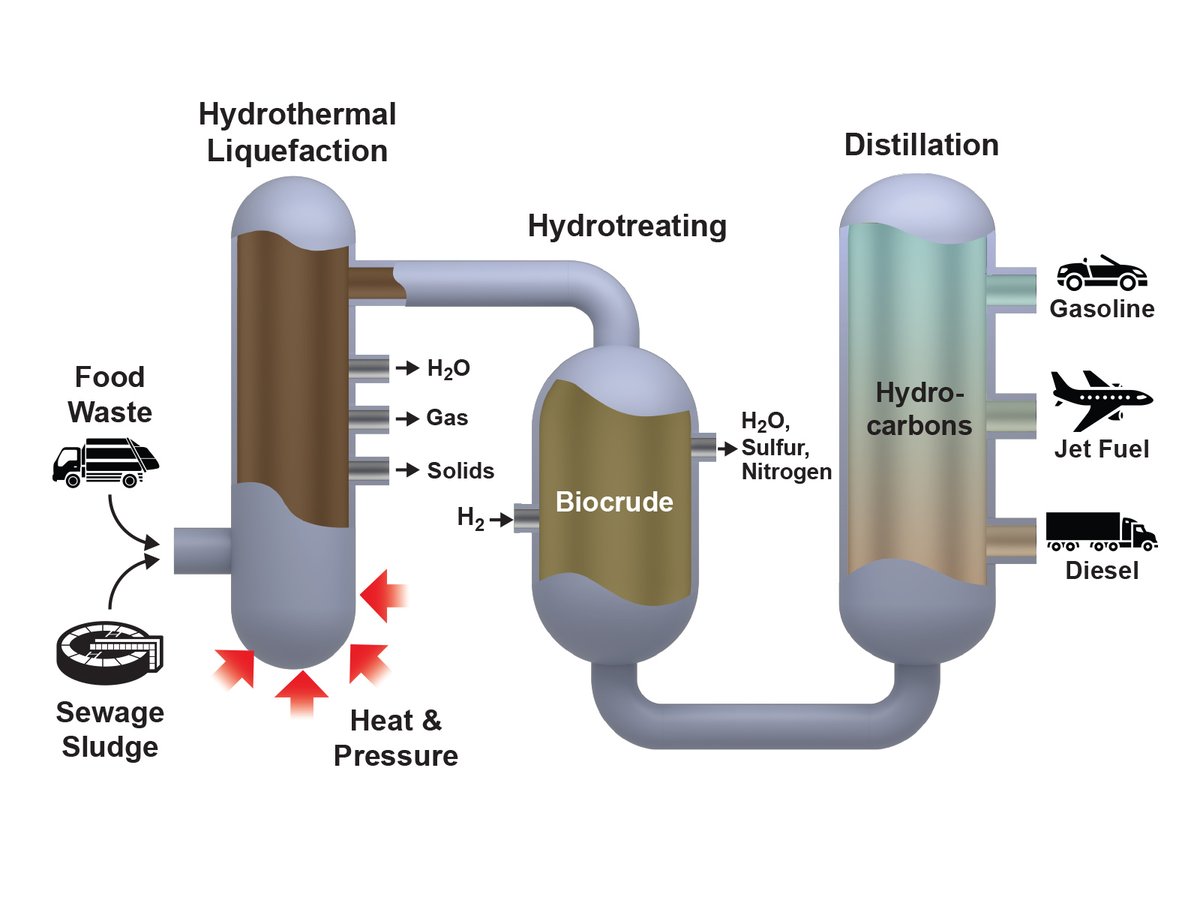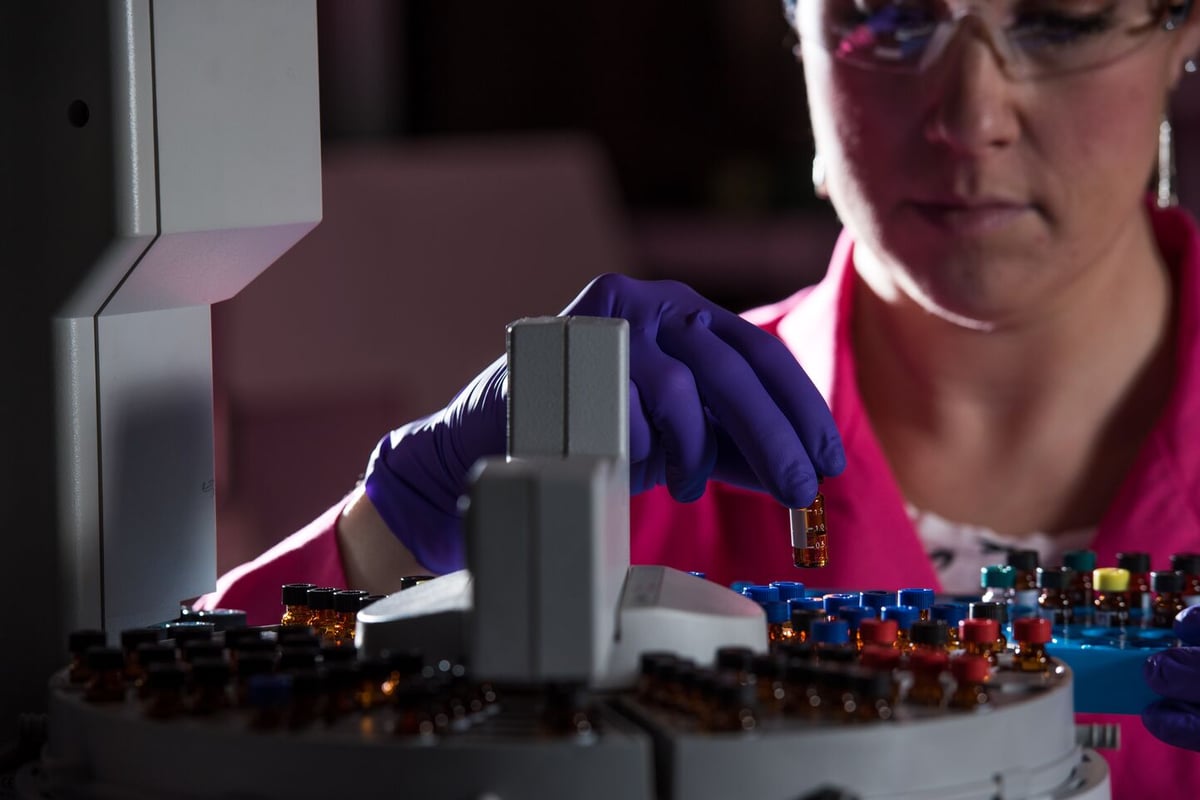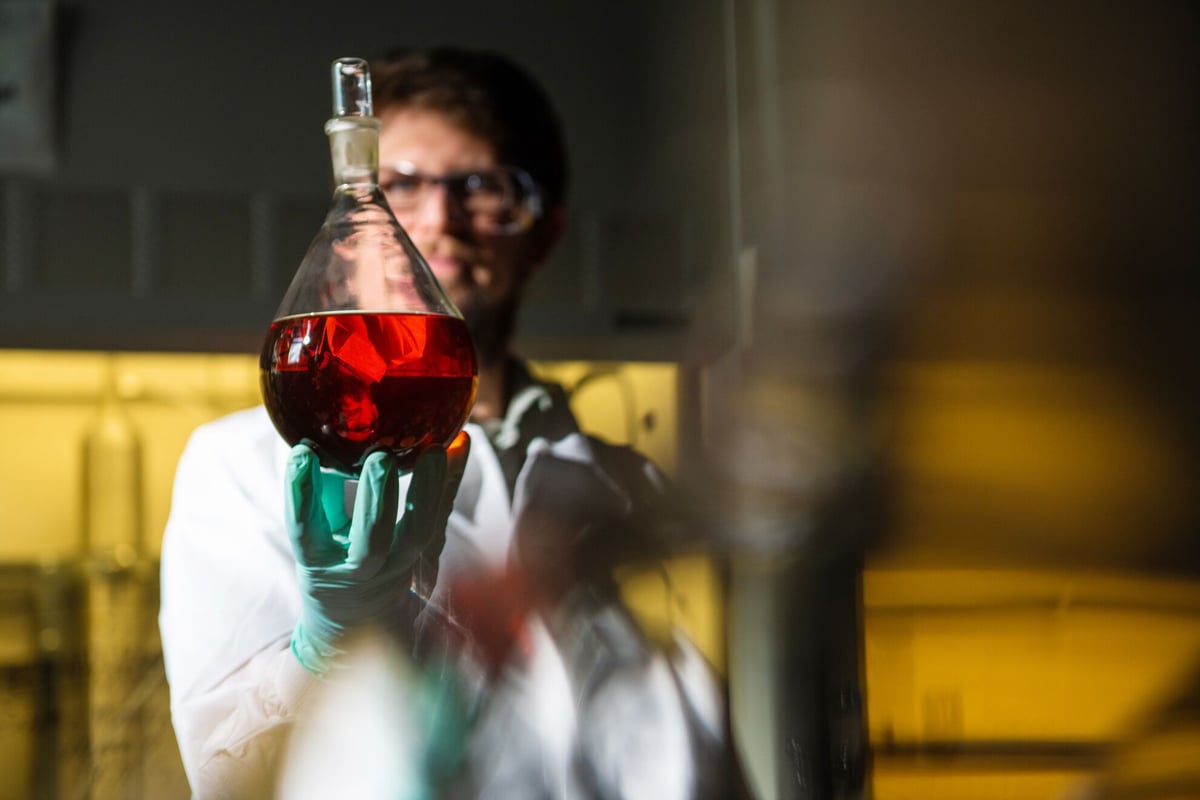U.S. EPA News Release:
EPA Announces Four Louisiana Facilities Among 2020 ENERGY STAR® Certified Manufacturing Plants
Facilities in Baton Rouge, Lafayette, New Orleans and Garyville recognized
Media contacts: Jennah Durant or Joe Hubbard, R6Press@epa.gov or 214 665-2200
DALLAS – (March 25, 2021) The U.S. Environmental Protection Agency (EPA) recently announced four manufacturing plants in Louisiana are among 95 facilities nationwide to earn ENERGY STAR certification in 2020 for being among the most energy-efficient in their industries.
Facilities in Louisiana:
Flowers Baking Co. of Baton Rouge, LLC—commercial bread and roll baking
Flowers Baking Co. of Lafayette, LLC—commercial bread and roll baking
Flowers Baking Co. of New Orleans, LLC—commercial bread and roll baking
Marathon Petroleum Corporation, Garyville—petroleum refining
By strategically managing their energy use while our country dealt with challenges of the pandemic, the 95 ENERGY STAR certified plants saved nearly $400 million on energy bills—equal to the payroll value of over 8,000 U.S. manufacturing jobs. They also avoided the consumption of 80 trillion Btus of energy compared to average plants and prevented over 5 million metric tons of greenhouse gas emissions, equivalent to those from the energy use of nearly 600,000 homes. For the past 15 years, ENERGY STAR certified plants have significantly helped our economy and our environment, resulting in over $6 billion in savings on energy bills and cleaner air by preventing over 65 million metric tons in greenhouse gas emissions compared to average-performing facilities.
“These forward-looking businesses have demonstrated that economic development and job creation go hand-in-hand with environmental progress,” said EPA Administrator Michael S. Regan. “The transition to a clean energy economy is happening now, as partnerships like ENERGY STAR encourage companies to go the extra mile, bringing innovation, cost-savings and pollution reductions in return.”
Energy efficiency is an important decarbonization strategy for the industrial sector, which emits nearly a third of U.S. total greenhouse gas emissions. To make the crucial reductions in industrial greenhouse gas emissions necessary—and enable a transition to a clean energy economy—manufacturing plants must significantly increase the energy efficiency of their operations.
ENERGY STAR provides manufacturers with resources for improving the energy performance of manufacturing plants. Plants use ENERGY STAR energy performance indicators (EPIs), or, in the case of petroleum refineries, the Solomon Associates Energy Intensity Index (Solomon-EII™) scoring system, to assess how their energy use compares to plants with similar operating characteristics. Plants with a verified energy performance score of 75 out of 100 or higher are eligible for ENERGY STAR certification, meaning that they perform better than 75 percent of plants within their industry. ENERGY STAR certification is available for 20 manufacturing sectors, from cement, steel, and glass to commercial bakeries.
Other ENERGY STAR certified manufacturing plants in 2020:
*Represents first-time certification
Alabama:
Argos USA LLC, Calera (cement manufacturing)
Tuscaloosa Organic Baking Co., LLC (commercial bread and roll baking)
Honda Manufacturing Alabama, LLC, Lincoln (automobile assembly)
Honda Manufacturing Alabama, LLC, Lincoln (automobile engine)
Arkansas:
Flowers Baking Co. of Batesville, LLC (commercial bread and roll baking)
Arizona:
Bimbo Bakeries USA, Inc., Phoenix (commercial bread and roll baking)
CalPortland Company, Rillito (cement manufacturing)
Drake Cement, Paulden (cement manufacturing)*
Holsum Bakery of Tolleson, LLC (commercial bread and roll baking)
Mesa Organic Baking Co., Inc. (commercial bread and roll baking)
Salt River Materials Group, Clarkdale (cement manufacturing)
California:
Ardagh Glass Inc., Madera (container glass manufacturing)
Bimbo Bakeries USA, Inc., Sacramento (commercial bread and roll baking)
Bimbo Bakeries USA, Inc., San Luis Obispo (commercial bread and roll baking)
Bimbo Bakeries USA, Inc., San Diego (commercial bread and roll baking)
Flowers Baking Co. of Modesto, LLC (commercial bread and roll baking)
J.R. Simplot Company, Helm (nitrogenous fertilizer)
Vitro Architectural Glass, Fresno (flat glass)
Colorado:
GCC, Pueblo (cement manufacturing)
Mile Hi Companies, Denver (commercial bread and roll baking)
Delaware:
AstraZeneca, Newark (pharmaceutical)
Florida:
CEMEX USA, Miami (cement manufacturing)
Titan America LLC, Medley (cement manufacturing)
Georgia:
Honda Precision Parts Georgia, Tallapoosa (automobile transmission)*
Iowa:
Bimbo Bakeries USA, Inc., Dubuque (commercial bread and roll baking)
Guardian Industries, DeWitt (flat glass)*
Illinois:
Marathon Petroleum Corporation, Robinson (petroleum refining)
TreeHouse Foods, Inc., South Beloit (cookie & cracker baking)
Indiana:
Ardagh Glass Inc., Dunkirk (container glass manufacturing)
Honda of America of Indiana, Greensburg (automobile assembly)
Klosterman Baking Company, Morristown (commercial bread and roll baking)
PepsiCo Gatorade Facility, Indianapolis (juice production)
Tate & Lyle, Lafayette (corn refining)
Kentucky:
Bimbo Bakeries USA, Inc., London (commercial bread and roll baking)*
TreeHouse Foods, Inc., Princeton (cookie & cracker baking)
Maryland:
Northeast Foods Inc, Automatic Rolls Baltimore (commercial bread and roll baking)
Michigan:
AbbVie, Wyandotte (pharmaceutical)*
General Motors Company, Lansing (automobile assembly)
Minnesota:
Bimbo Bakeries USA, Inc., Fergus Falls (commercial bread and roll baking)
Flint Hills Resources, Pine Bend (petroleum refining)
LambWeston/RDO Frozen, Park Rapids (frozen fried potato processing)
Marathon Petroleum Corporation, Saint Paul Park (petroleum refining)
Mississippi:
Georgia-Pacific Cellulose, New Augusta (pulp mill)*
Missouri:
Buzzi Unicem USA, Festus (cement manufacturing)
North Carolina:
Bimbo Bakeries USA, Inc., Gastonia (commercial bread and roll baking)
Nebraska:
Koch Fertilizer Beatrice, LLC (nitrogenous fertilizer)
Nevada:
Flowers Baking Co. of Henderson, LLC (commercial bread and roll baking)
New Jersey:
AbbVie, Branchburg (pharmaceutical)*
Ardagh Glass Inc., Bridgeton (container glass manufacturing)
New York:
Bimbo Bakeries USA, Inc., Albany (commercial bread and roll baking)*
Bimbo Bakeries USA, Inc., Auburn (commercial bread and roll baking)
Bimbo Bakeries USA, Inc., Olean (commercial bread and roll baking)
TreeHouse Foods, Inc., Tonawanda (cookie & cracker baking)
Ohio:
Bimbo Bakeries USA, Inc., Zanesville (commercial bread and roll baking)
Honda of America Manufacturing, Anna (automobile engine)
Honda of America Manufacturing, East Liberty (automobile assembly)
Honda of America Manufacturing, Marysville (automobile assembly)
Honda Transmission Manufacturing, Russells Point (automobile transmission)
Klosterman Baking Company, Cincinnati (commercial bread and roll baking)
Marathon Petroleum Corporation, Canton (petroleum refining)
Oklahoma:
Koch Fertilizer Enid, LLC (nitrogenous fertilizer)*
Oregon:
Dave’s Killer Bread, Inc., Milwaukie (commercial bread and roll baking)
Pennsylvania:
Bimbo Bakeries USA, Inc., Reading (commercial bread and roll baking)
Puerto Rico:
Merck & Co., Inc., Las Piedras (pharmaceutical)
South Carolina:
Argos USA LLC, Harleyville (cement manufacturing)
South Dakota:
GCC, Rapid City (cement manufacturing)*
Weston Foods Canada Inc., North Sioux City (cookie & cracker baking)
Tennessee:
Beiersdorf Manufacturing LLC, Cleveland (pharmaceutical)
Buzzi Unicem USA, Chattanooga (cement manufacturing)
Nissan North America, Inc., Decherd (automobile engine)
Nissan North America, Inc., Smyrna (automobile assembly)
Tate & Lyle, Loudon (corn refining)
Tennessee Bun Company, Dickson (commercial bread and roll baking)
Tennessee Bun Company, Nashville (commercial bread and roll baking)*
Texas:
AbbVie, Waco (pharmaceutical)
CITGO Petroleum Corp., Corpus Christi (petroleum refining)
Flowers Baking Co. of El Paso, LLC (commercial bread and roll baking)
Flowers Baking Co. of Houston, LLC (commercial bread and roll baking)*
Flowers Baking Co. of Tyler, LLC (commercial bread and roll baking)
Utah:
Bimbo Bakeries USA, Inc., Salt Lake City (commercial bread and roll baking)
TreeHouse Foods, Inc., Odgen (cookie & cracker baking)
Virginia:
Flowers Baking Co. of Norfolk, LLC (commercial bread and roll baking)
Lynchburg Organic Baking Co., LLC (commercial bread and roll baking)
Titan America LLC, Troutville (cement manufacturing)
Weston Foods Canada Inc., Front Royal (cookie & cracker baking)
Washington:
Ash Grove Cement Company, Seattle (cement manufacturing)
Marathon Petroleum Corporation, Anacortes (petroleum refining)*
Phillips 66, Ferndale (petroleum refining)
Wisconsin:
Alpha Baking Co., Inc., Manitowoc (commercial bread and roll baking)*
Bimbo Bakeries USA, Inc., La Crosse (commercial bread and roll baking)
Bimbo Bakeries USA, Inc., Milwaukee (commercial bread and roll baking)
About the ENERGY STAR Industrial Program
Since 2006, the ENERGY STAR Industrial Program has annually certified manufacturing plants for performing within the top 25% of energy performance in their industries nationwide. More than 230 plants have achieved this distinction since 2006. For more information, see: https://www.energystar.gov/industrial_plants/earn-recognition/plant-certification. For a list of all certified plants, see: https://www.energystar.gov/buildings/reference/find-energy-star-certified-buildings-and-plants/registry-energy-star-certified-buildings. To learn more about how ENERGY STAR and industry work together, see: https://www.energystar.gov/industrial_plants/.
About ENERGY STAR
ENERGY STAR® is the government-backed symbol for energy efficiency, providing simple, credible, and unbiased information that consumers and businesses rely on to make well-informed decisions. Thousands of industrial, commercial, utility, state, and local organizations—including about 40 percent of the Fortune 500®—rely on their partnership with the U.S. Environmental Protection Agency (EPA) to deliver cost-saving energy efficiency solutions. Since 1992, ENERGY STAR and its partners helped American families and businesses avoid more than $450 billion in energy costs and achieve 4 billion metric tons of greenhouse gas reductions. More background information about ENERGY STAR can be found at: https://www.energystar.gov/about/ and https://www.energystar.gov/about/origins_mission/energy_star_numbers.
More about EPA’s work in Louisiana: https://www.epa.gov/la
Connect with EPA Region 6:
On Facebook: https://www.facebook.com/eparegion6
On Twitter: https://twitter.com/EPAregion6
About EPA Region 6: https://www.epa.gov/aboutepa/epa-region-6-south-central
# # #
